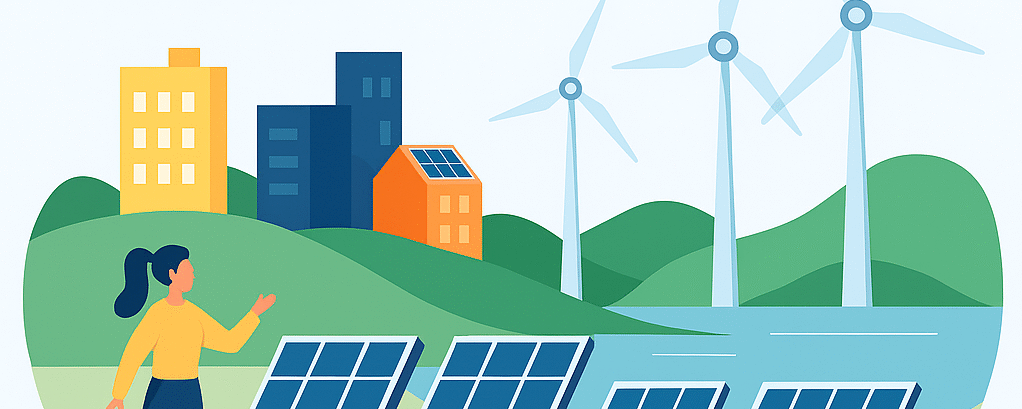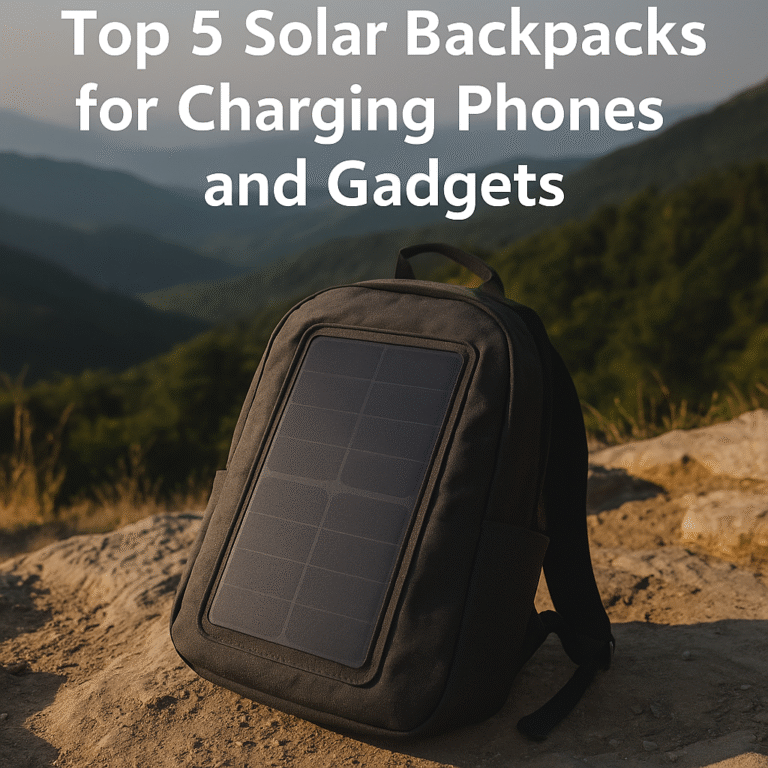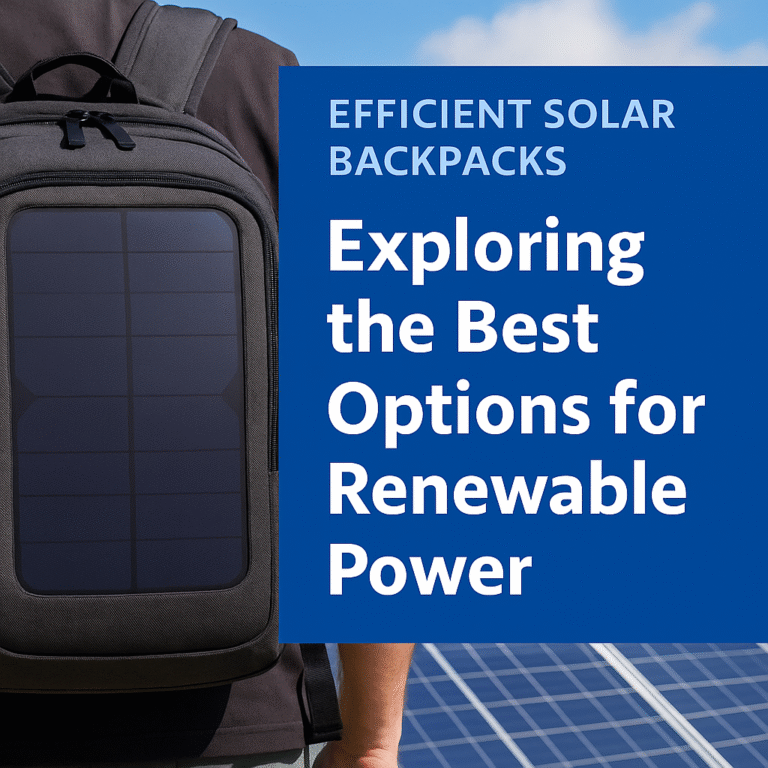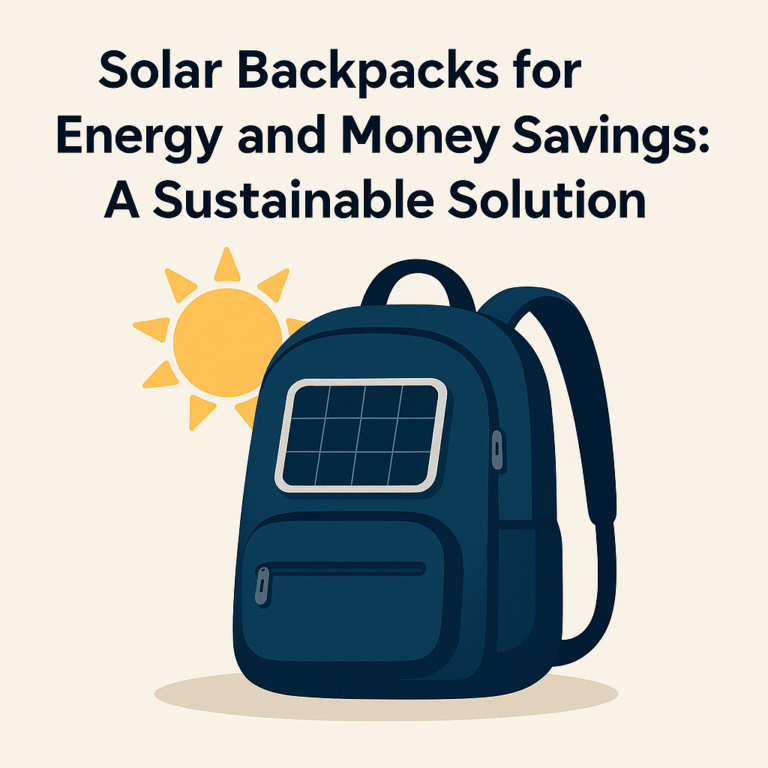Maximizing Energy Efficiency with Off-Grid Solar Systems: A Sustainable Power Solution
Maximizing Energy Efficiency with Off-Grid Solar Systems: A Sustainable Power Solution
In an era where environmental sustainability and self-sufficiency are gaining importance, Off-Grid Solar Systems have become a beacon of innovation. These systems promise not only the allure of eco-friendly energy but also the thrill of independence from traditional power grids.
Imagine powering your home with the energy harnessed from the sun, free from fluctuating utility rates, and resilient during power outages. Off-Grid Solar Systems provide this autonomy, but their success hinges on maximizing energy efficiency.
Efficiency isn’t just about capturing sunlight; it’s about smart energy management. From choosing the right equipment to optimizing battery storage and consumption patterns, every aspect plays a crucial role in getting the most out of your system.
Whether you’re a seasoned solar enthusiast or a curious newcomer, understanding how to increase efficiency can unlock new levels of performance and savings. Let’s explore how you can transform your solar aspirations into tangible results with practical, easy-to-implement strategies. Learn more about off-grid solar systems here.
Understanding Off-Grid Solar Systems
Off-Grid Solar Systems are standalone power solutions that operate independently from the traditional electricity grid. At their core, these systems harness sunlight through solar panels, converting it into electricity to serve your immediate and future energy needs.
The setup usually comprises solar panels, battery storage, an inverter, and a charge controller. Solar panels capture sunlight and convert it into direct current (DC) electricity. This energy is then stored in batteries, ensuring power availability even when the sun isn’t shining.
The inverter plays a crucial role by converting the stored DC electricity into alternating current (AC), which powers most household appliances. The charge controller safeguards the battery by regulating the voltage and current coming from the solar panels, preventing overcharging and prolonging battery life.
A well-designed Off-Grid Solar System is an orchestra of these components working harmoniously, tailored to meet the specific energy demands of your home or business. The key is to accurately assess your energy needs and climate conditions to size the system appropriately, ensuring a reliable and efficient power supply year-round. Explore top-rated off-grid solar systems here.
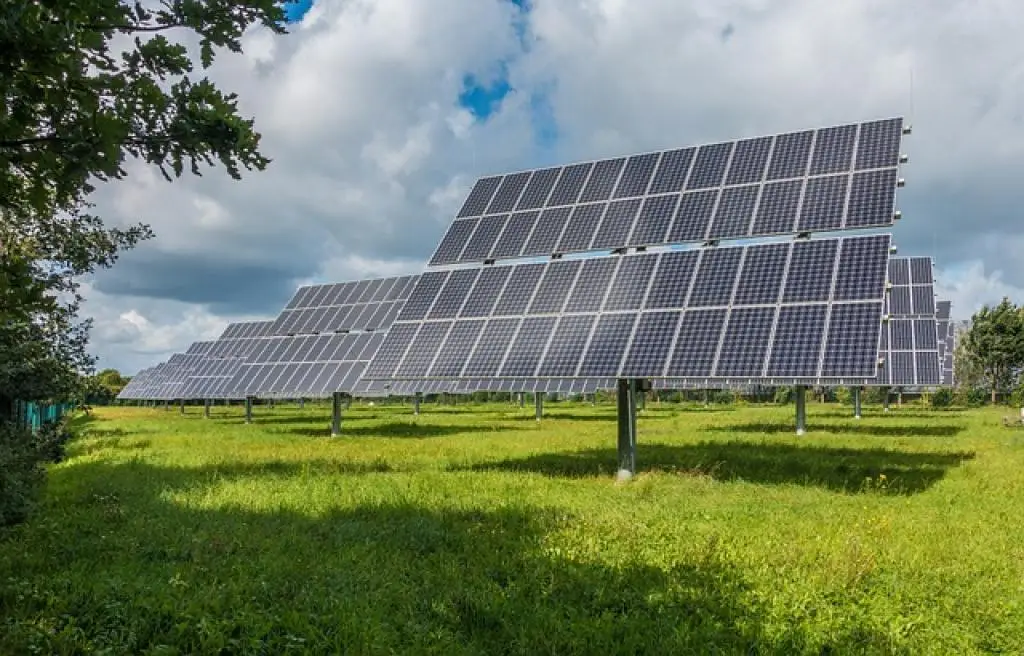
Key Components for Energy Efficiency
To maximize the efficiency of your Off-Grid Solar System, focusing on the right components is essential. Each part plays a significant role in ensuring you’re capturing, storing, and using energy as efficiently as possible.
Optimizing Solar Panels
Start with solar panels that have high conversion efficiency. Modern panels can convert a greater percentage of sunlight into usable electricity, reducing the space needed to meet your energy requirements. Positioning also matters; panels should be placed to capture maximum sunlight, free from obstructions like trees or buildings.
Smart Battery Storage
Next, consider your battery storage options. Lithium-ion batteries offer higher efficiency and longer life spans compared to traditional lead-acid batteries. They’re capable of storing more energy and discharging it at a consistent rate, meaning less energy loss and a more reliable power supply.
Inverters with high efficiency ratings ensure that energy conversion from DC to AC is maximized, minimizing waste. Look for models with smart features such as real-time monitoring and energy management options, enabling you to track usage and adjust habits for better efficiency.
By investing in quality components and utilizing smart technology, you’re setting the stage for a sustainable energy future that doesn’t compromise on performance. Discover energy-efficient solar solutions here.
Optimizing Power Storage and Usage
Effective power storage and usage are crucial for getting the best out of your Off-Grid Solar System. It starts with selecting the right batteries and implementing smart consumption practices to elongate battery life and ensure consistent power availability.
Strategic Battery Management
Strategically managing battery charge and discharge cycles can significantly improve efficiency. Avoid fully draining your batteries, as it can reduce their lifespan. Implementing a system that monitors battery health and provides alerts for maintenance can prevent unexpected failures.
Maximize your power usage by aligning energy-intensive activities with peak solar production times. This decreases reliance on stored energy, keeping more in reserve for when sunlight is scarce. Simple changes, like running appliances or charging devices during the day, can lead to substantial savings.
Consider energy-efficient appliances designed to work well within an off-grid setup. They consume less power and allow for more activities to occur simultaneously without overtaxing the system.
By optimizing storage and usage habits, you not only conserve energy but also enhance the durability of your entire solar installation. This sustainable usage model ensures that your system remains effective and reliable for years to come. Learn how to optimize power storage here.
Best Practices for Maintenance and Monitoring
Regular maintenance and monitoring of your Off-Grid Solar System can significantly enhance its efficiency and lifespan. Being proactive in these areas ensures peak performance and prevents small issues from becoming costly problems.
One of the simplest maintenance tasks is keeping your solar panels clean. Dust, leaves, and debris can reduce their ability to capture sunlight efficiently. Regularly inspect and clean the panels to maintain maximum energy production.
Checking battery health is crucial for sustained performance. Perform routine inspections to ensure connections are intact and look for any signs of corrosion. Using a battery monitor can provide real-time data on charge levels and health status, helping you manage energy reserves effectively.
Monitoring for Consistency
Implementing a robust monitoring system allows for real-time tracking of your system’s energy production and consumption. This insight enables you to identify any irregularities swiftly and adjust your usage accordingly. Most modern inverters offer integrated monitoring, so capitalize on these features to keep a constant eye on performance.
Scheduled maintenance checks by professionals can help identify potential issues before they become serious. These inspections can ensure that connections, wiring, and components are all functioning optimally, thereby securing your energy investment.
Embracing these best practices not only enhances efficiency but also ensures that your system remains reliable and effective over its lifespan. Explore maintenance tips for solar systems here.
Maximizing Solar System Lifespan
Enhancing the lifespan of your Off-Grid Solar System means committing to both proactive care and strategic use. It’s about ensuring that every component operates smoothly for years, providing you with hassle-free energy independence.
Investing in high-quality components from the onset can make a significant difference. Durable panels, reliable inverters, and premium batteries are less likely to suffer from premature wear and tear, laying a strong foundation for a long-lasting system.
Proactive Care Approach
Routine maintenance is key to longevity. Regularly inspect all components for signs of wear or damage. Timely intervention can prevent small issues from escalating into major setbacks, keeping your solar setup on track.
Environmental factors can also impact lifespan. Ensure your equipment is safeguarded against harsh weather conditions, whether through protective coverings or strategic placement. Implementing such protective measures can help avoid unnecessary weather-induced damage.
Keeping abreast of advancements in solar technology and system upgrades can also optimize system lifespan. Upgrading components when necessary or integrating new technology can maintain efficient and effective operation without a complete overhaul.
By focusing on quality components, consistent maintenance, and strategic upgrades, you can extend the life of your solar system and enjoy reliable, sustainable energy for many years. Discover how to maximize your solar system’s lifespan here.
The Bottom Line: Sustainable Energy Solutions
Embarking on the journey of Off-Grid Solar Systems is not just a technological shift; it’s a commitment to a more sustainable and autonomous future. As we’ve explored, there are numerous factors, from selecting the right components to optimizing their use, that collectively enhance the efficiency and lifespan of your solar setup.
Understanding and implementing effective power storage and usage practices is at the heart of maximizing energy efficiency. By shifting energy consumption habits to align with peak solar generation and investing in efficient appliances, you can substantially reduce reliance on battery reserves while making the most of the energy generated.
Beyond efficiency, maintaining and monitoring your system ensures stability and longevity. Regular checks and strategic upgrades keep the system in top form, protecting your investment and maintaining its reliability over time. This proactive approach prevents potential issues and extends the life of your system.
Ultimately, Off-Grid Solar Systems offer a powerful way to achieve energy independence while reducing environmental impact. With thoughtful planning and diligent management, these systems provide a continuous, clean energy source that supports both your lifestyle and the planet.
So, whether you’re looking to cut the cord with traditional power grids or simply enhance your home’s energy sustainability, adopting these best practices can lead you toward a greener, more self-sufficient future. Embrace the potential of solar energy today, and take the next step in securing a brighter, more sustainable tomorrow. Start your journey with off-grid solar systems here.
